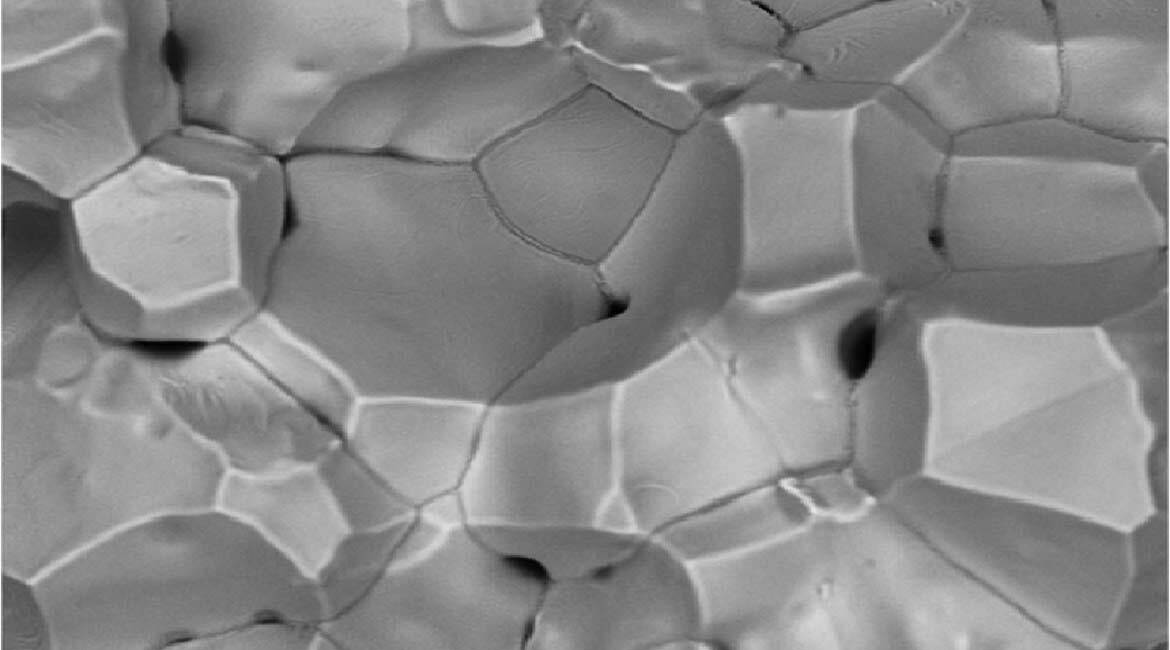
Exploring the Infinitely Small…
It is generally acknowledged that solids, unlike gases and liquids, are inactive. In fact, solids are made of atoms stacked in crystallographic structures formed to minimize energy. These structures vary depending on the atoms present, and the process used to shape the objects, and are at the origin of the differences in properties observed from one solid to another.
Shaping metal objects can create internal stresses, which can in turn cause distortions such that parts no longer conform to the design dimensions of the technical drawings. Sometimes a deviation of plus or minus two degrees is enough to make a part unusable, resulting in losses of several hundred thousand dollars.
Researchers of the Industrial Research Chair in Forming Technologies of High-Strength Alloys study microstructure evolution under the effect of shaping parameters in order to link them to the final properties of manufactured objects.
… To the Extremely Large!
Designing a metal piece starts with determining the elements that will compose it. Adding a tiny number of atoms to the crystal lattice of another material can drastically change its mechanical properties.
Subsequently, making larger parts like landing gears, turbines or wind turbine blades will usually involve casting: heating the material to its melting point, then solidifying it in a mould. The resulting part is close to being final in about 20 percent of cases after this first shaping. The remaining 80 percent must be subjected to further shaping processes before finishing: rolling, forging, extrusion, etc.

Several variables will affect the resulting properties starting with the casting temperature and the way the parts are cooled. However, it is the parameters of this subsequent secondary shaping that will be crucial to the behaviour of the manufactured object. For example, if a press is used, the rate and percentage of deformation and the temperature at which this operation is performed will have an important impact on the performance of the final object. This impact is not easy to predict because of the interactions between these parameters.

From Trial-and-Error to Materials Engineering Using Integrated Modeling

Manufacturing costs of new parts or materials like aircraft landing gears, turbine or windmill shafts, or a new lighter and stronger alloy for the automotive industry, are prohibitive. New products can no longer be developed using the traditional method of trial-and-error. To limit the trials and their costs, the materials engineer must try to understand how the different shaping parameters impact the microstructure like grain size, shape, composition, distribution of different phases, etc.
Accurate mathematical models must be developed in order to limit manufacturing trials to a minimum and to obtain high-performance products. These highly complex models are used to link the shaping process parameters to the microstructure characteristics of the resulting material and its properties. They must be able to link the characteristics at the microscopic level to the behaviour at the macroscopic level, hence the need to know the laws that govern the evolution of a microstructure.



